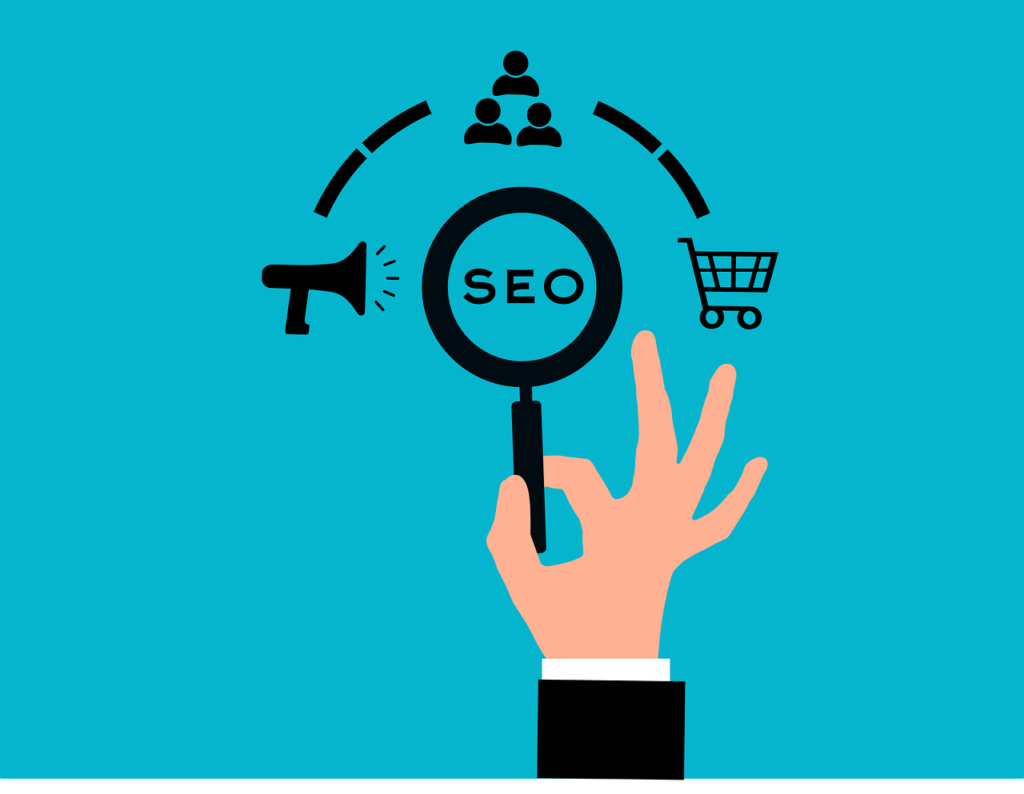Amazon SEO How to Rank Amazon Keyword in 2025

Amazon is the world’s largest online marketplace, and with millions of products listed, ensuring your product stands out can feel like a daunting task. This is where Amazon SEO (Search Engine Optimization) comes in. By strategically optimizing your product listings, you can increase visibility, attract more customers, and boost sales. In this comprehensive guide, we’ll […]
What are the Winning Products Dropshipping in 2025

Introdution: Unlocking Success in E-commerce Dropshipping is an exciting business model that has revolutionized the way people start online stores. Instead of worrying about inventory or shipping, you can focus on marketing and building a thriving business. However, the secret to dropshipping success lies in finding winning products. This blog post will guide you winning […]
Tips for Scaling your Shopify Dropshipping Business

Your Path to E-commerce Success Starting an online store can be daunting, especially when inventory management, storage, and logistics come into play. Enter Shopify Dropshipping, the perfect e-commerce model for entrepreneurs looking to start a business with minimal upfront costs and maximum scalability. In this guide, we’ll explore the tips for scaling your shopify dropshipping […]
The Ultimate Guide to Shopify SEO Optimisation in 2025

Drive Traffic and Grow Your Store If you’re running a Shopify store, you already know that simply building a site isn’t enough to attract traffic and drive sales. The secret sauce? Shopify SEO Optimisation. SEO, or Search Engine Optimization, is the process of making your online store more visible on search engines like Google. Better […]
How to Setup Shopify Store in 2025: Step by Step guide

In today’s digital age, launching an online business has never been more accessible. Shopify, one of the leading e-commerce platforms, has empowered millions of entrepreneurs to create, run, and scale their online stores with ease. Whether you’re selling physical goods, digital products, or even offering services, shopify store setup provides the tools you need to succeed. […]

